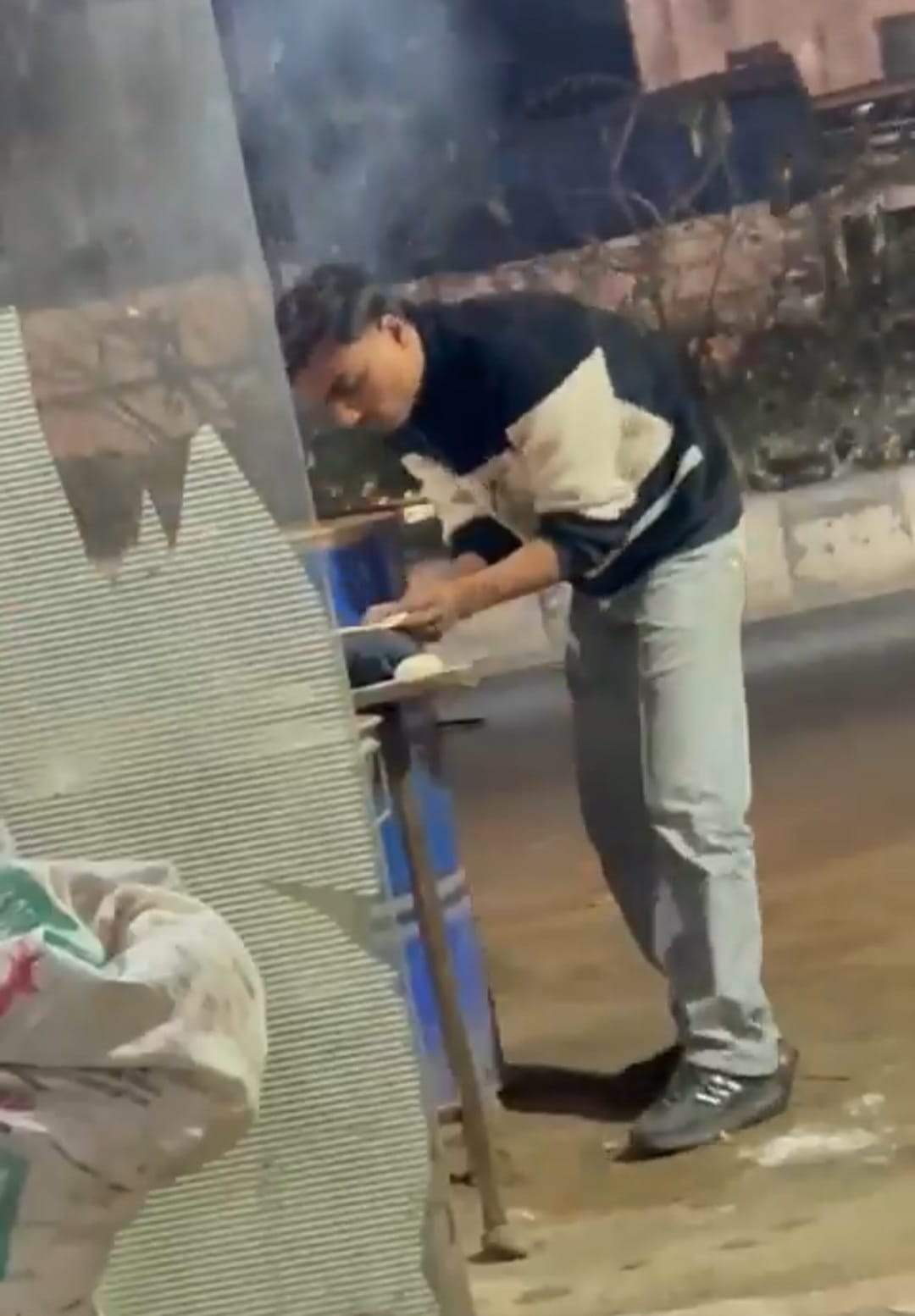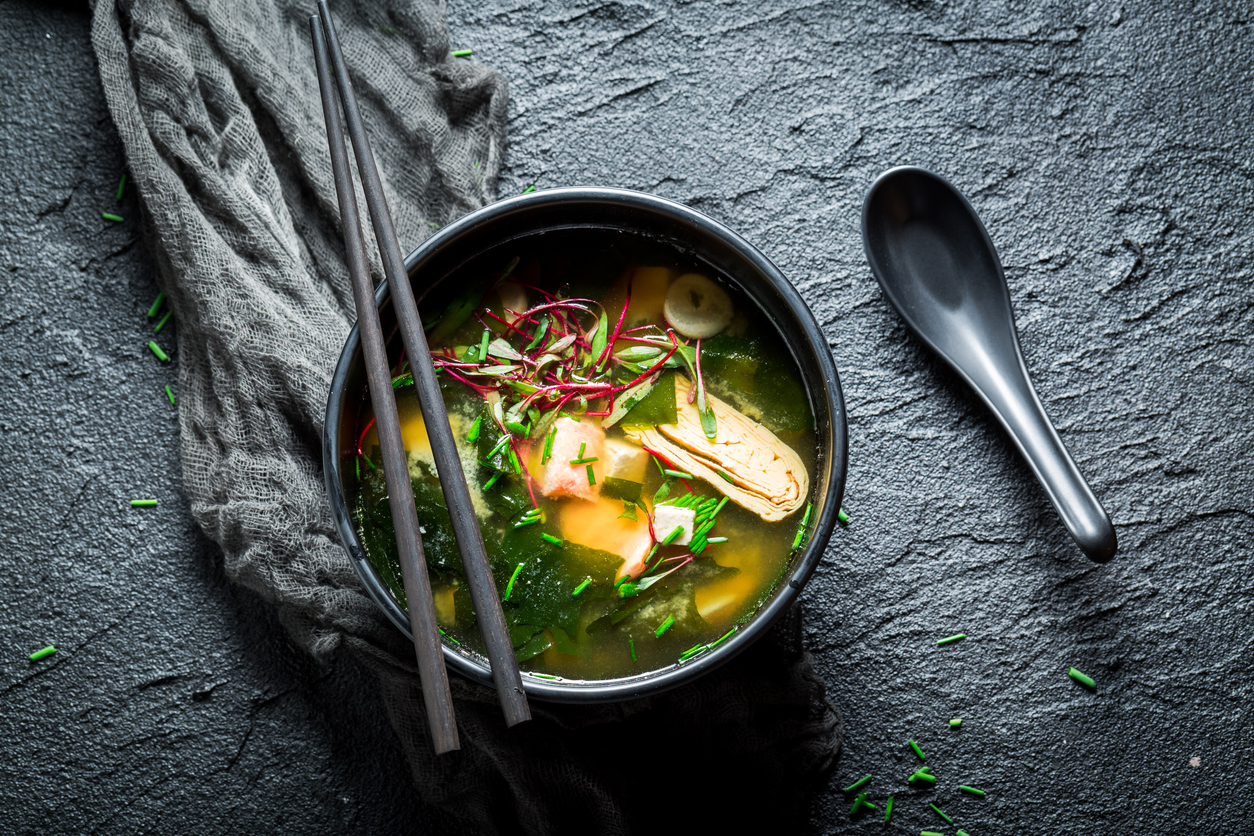If you have busy mornings, you would understand that the daily lunchbox struggle is real. Every morning, packing a meal for yourself or your loved ones can feel like a test of patience. You spend time cooking something wholeheartedly, only to find out later that half of the dal has leaked into the bag or the sabzi has spilt all over the chapati. It is frustrating, right? But honestly, if you ask us, it is not about what you pack but how you pack your tiffin. If you are someone who struggles to keep your tiffin secure, here are some hacks that can make your lunchtime a whole lot easier.
Also Read: Decoding 'Tiffin': The Ultimate Guide To The Popular Food Culture Of South India
Here are 6 Easy Hacks To Make Your Lunchbox Spill-Proof In Your Office Bag
1. Invest In Leakproof Containers
Not all "airtight" lunchboxes live up to their name. While buying a lunchbox, look for BPA-free, stainless steel or glass containers with silicone-lined lids and secure locks. These create a vacuum-like seal that keeps even gravies and dals inside without drips. Avoid flimsy plastic boxes that go bad after a few uses. A one-time investment in quality leakproof boxes saves you from stains, stress, and the daily hassle of double-checking your bag for leaks. Choosing the right container is the first step towards a mess-free lunch experience.
2. Use Foil Inside The Box
Even the best boxes can leak if the liquids move around. Wrap chapatis, sandwiches, or cut fruits in cling film or foil before placing them inside the box. This adds a second layer of protection, preventing juices or sauces from spilling over other foods. It also helps keep individual items in your tiffin fresher for longer. By combining foil wrapping with a secure container, you significantly reduce the risk of leaks.
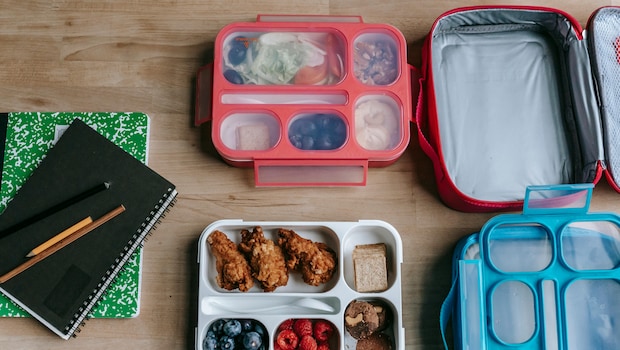
Photo: Pexels
3. Layer Dry And Wet Foods Smartly
The order in which you pack makes a huge difference. Always place heavier, wet foods like sabzi or curry at the bottom and lighter, dry items like rice, salad, or bread on top. You can use small separators or silicone cups to divide the sections so that there is no mixing. This simple hack not only prevents leaks but also keeps the texture of the food intact. Layering strategically works hand-in-hand with using a good container and foil, providing a complete solution to spill prevention.
4. Try The Rubber Band Lid Trick
If you are stuck with old containers that do not seal properly, there is an old school hack which your mother might have tried with your tiffin. Pack the lid tightly with a couple of rubber bands. It adds extra pressure on the lid and reduces the chances of spillage. While it is not a permanent solution, it is a great hack for emergencies, especially if you are carrying dals or curries. This technique complements other hacks, offering an extra level of security for your packed meals.
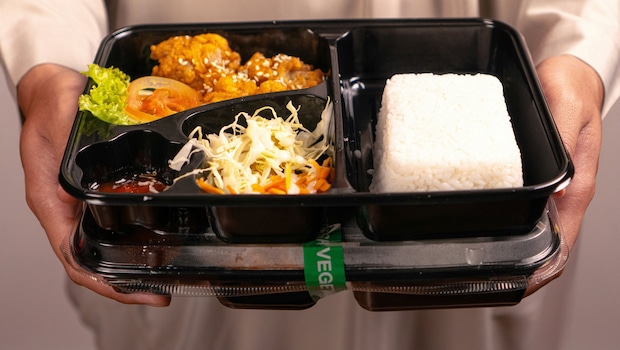
Photo: Unslpash
5. Pack Semi-Solid Foods
Another way of making your tiffin spill-proof is by packing food according to consistency. A watery sambar is far more likely to leak than a thicker version. If possible, cook curries slightly thicker when you know they will be packed. Foods like stir-fried vegetables, paneer bhurji, or dry chicken dishes travel much better than liquid gravies. Even dals with thicker consistencies travel well in your lunchboxes while keeping your bag clean. Adjusting food consistency pairs well with proper layering and leakproof containers to ensure a completely mess-free lunch.
6. Keep A Lunchbox Sleeve Handy
Sometimes, accidents can happen no matter how careful you are. Carry your lunchbox in a neoprene sleeve or a reusable zip bag as a precaution. These bags act as an extra shield, trapping any unexpected leaks and protecting your laptop and documents. If the sleeve is insulated, it also helps retain the heat for longer, keeping your food fresh. A lunchbox sleeve provides the final layer of defence, rounding off your spill-prevention strategy.
Also Read: 7 Evergreen Tiffin Options Every 90s Kid Will Instantly Recognise
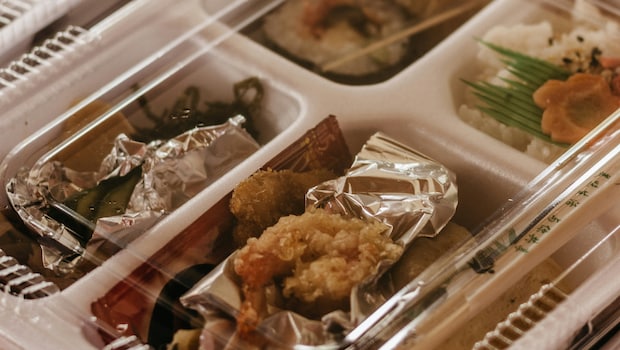
Photo: Unslpash
What Material Is Leak-Proof For Lunchboxes?
Most leakproof storage boxes are made from food-grade silicone or thick, BPA-free plastic. These materials are durable, flexible, and resistant to punctures or tears, ensuring they can hold liquids without breaking. Knowing the right material helps you choose containers that work best for Indian meals and other liquid-based foods.
What Kind Of Lunchbox Is Best For Indian Curries?
Since curries have a liquid base, keep these things in mind before packing your tiffin:
- Stainless steel boxes are sturdy and eco-friendly, but make sure they have rubber-lined lids for a proper seal.
- Glass containers do not absorb smells and are microwave safe, making them perfect for reheating food at work.
- BPA-free plastic containers are lightweight but should be replaced as soon as they break down.
Understanding which type of container suits your meal reduces spillage and keeps your bag free from stains.
Also Read: Nostalgia Alert! 5 Popular Tiffin Meals That Every 90s' Kid Will Relate To
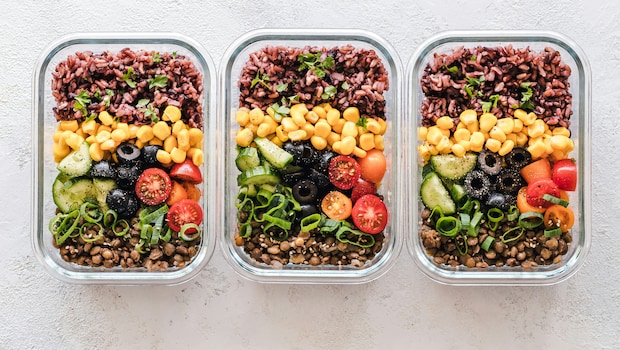
Photo: Unsplash
How To Pack Snacks Separately Without Extra Boxes
If you want to carry snacks without extra boxes, keep these tips in mind:
- Use silicone muffin cups to separate snacks like papad, achar, biscuits, or sweets from the main meal.
- Try parchment pouches to store snacks and keep them dry and oil-free.
- Place these separate containers inside the main lunchbox to keep everything organised.
- These hacks for packing snacks tie in seamlessly with the other spill-prevention strategies, ensuring your lunch remains neat and fresh.
Follow these hacks before you pack your office lunchbox tomorrow and enjoy a stress-free lunchtime.

